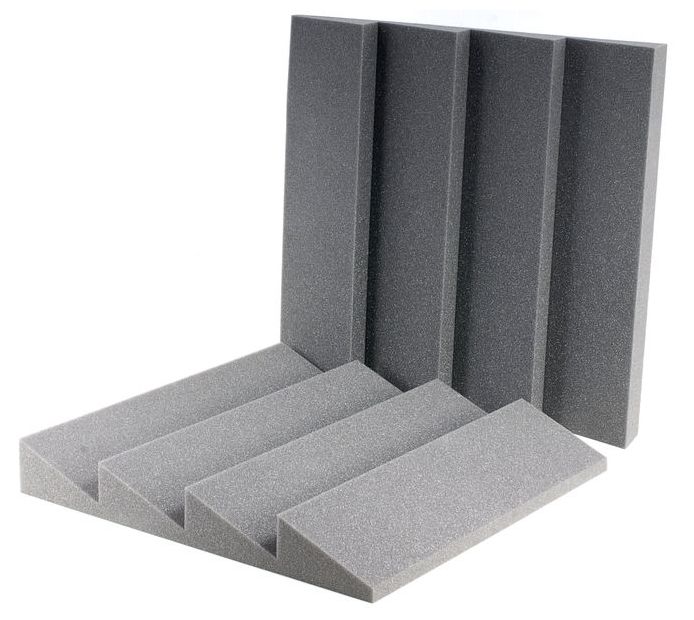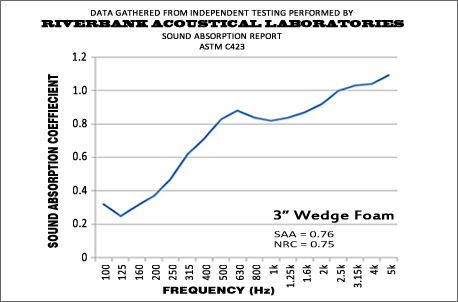Any feedback greatly appreciated.

http://www.thomann.de/gb/the_takustik_w ... 8erset.htm


The cheapest and most effective corner traps are rolls of insulation (with the plastic still on so they don't eat all your high end). Still will cost a bit, but much less than other solutions. I have not found foam effective for corner traps fwiw.Ronin wrote:Thanks a LOT for the replies, you guys have been very helpful. I have corner bass traps, but they are made of the same foam I would guess, although they are much fatter. I also have a massive shelf full of records and other random stuff to help the room treatment, but your info on the low end makes me think I will look into some more bass treatment. Sadly, my budget has been used, so I will have to make do with some kind of makeshift treatment. I was actually thinking about taking some large rolls of off-cut carpet and standing them up in the corners.
Selig, once again you go above and beyond, respect, and thanks. (and yes I understood what you said, it makes perfect sense now I think about it)
Users browsing this forum: No registered users and 4 guests